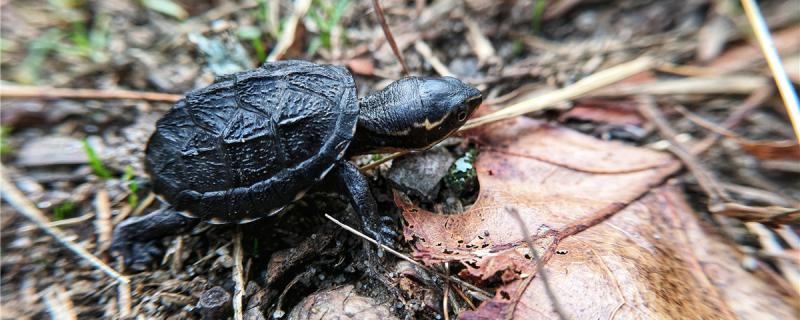To judge whether musk turtles are the best, you can look at their head lines and radioactive lines. First of all, the head lines, the white lines on the head of the musk turtle are many and thick, which will be called the best. The second is the radioactive lines on the carapace, which are clear and orderly, and are called the best. Because the head lines and radioactive lines of musk turtles are very difficult to raise, musk turtles that meet these two conditions will be called the best.

If you want to see if a musk turtle is the best, you must first look at the lines on its head. Ordinary musk turtles have very few lines on their head, and they are very thin, so the more and thicker the lines on their head, they will be called the best. Furthermore, the lines on the carapace, preferably radioactive lines, are clear and balanced, and will be called the best. There are few musk turtles that meet these two conditions, because head lines and radioactive lines are difficult to raise. But after looking at the head lines and carapaces, we should also look at whether the color of their carapaces is uniform, whether their movements are agile, whether their limbs are flexible, and so on. 2. How to raise musk turtles
1. Container: First of all, prepare a big enough container for them, add pebbles or drying tables in the container, so that they can bask in the sun or rest. If you want a light musk turtle, you can use a transparent container. If you want a dark musk turtle, you can put a dark wallpaper around the container or change to a dark container.
2. Feeding: Feeding is very important if you want to keep musk turtles well. Breeders can feed them more animal feed, and with some plant roots, they can grow well.
3. Water temperature and water quality: In order to make the musk turtle grow well, it is necessary to ensure that the surrounding environment is comfortable. The breeder needs to keep the water temperature between 20-28 ℃ and the water quality clean. After each feeding, the food residues and feces are fished out. If conditions permit, a biochemical filtration system can be equipped.
